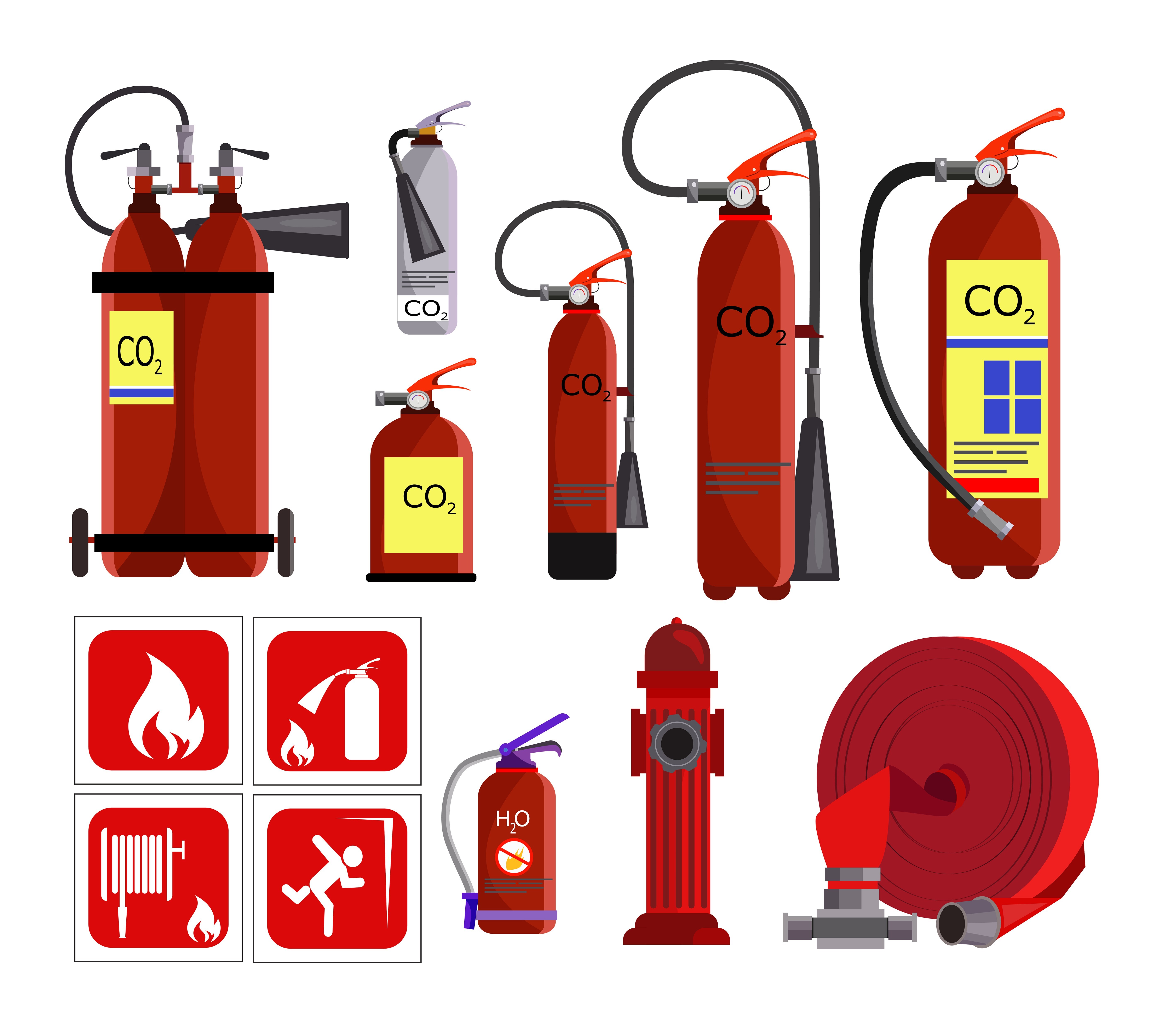Quick Action Prevents Disaster: Fire at Brisbane Airport
A Virgin Australia flight from Darwin to Brisbane narrowly avoided a more serious incident on Thursday evening when its brake system caught fire shortly after landing.
Flight VA454, a Boeing 737-800, touched down at Brisbane Airport around 7pm before passengers noticed smoke rising from the landing gear area. Airport fire and rescue crews were immediately deployed, extinguishing the blaze within minutes.
Thankfully, all 178 passengers and crew disembarked safely, with no injuries reported.
Swift Response Praised
In a statement, Virgin Australia thanked its crew and emergency services for their rapid response, saying the fire was “quickly extinguished” and that safety remains the airline’s “highest priority.”
Firefighters on the scene used water jets to cool the overheated brakes, and video footage shared by witnesses showed emergency vehicles surrounding the aircraft as smoke billowed from its undercarriage.
What Caused the Fire?
While investigations are still underway, aviation experts suggest that brake system fires can occur when landing gear components overheat due to friction, hydraulic fluid leaks, or prolonged braking during taxiing.
According to the Australian Transport Safety Bureau (ATSB), landing gear and brake system issues make up a small percentage of in-flight or post-landing incidents, but they can escalate quickly without proper monitoring and maintenance.
In similar incidents globally, such as a British Airways Boeing 777 brake fire at Gatwick Airport last year, investigations pointed to human factors and mechanical stress as key contributors.
A Reminder of Fire Safety Preparedness
This latest event serves as a timely reminder of the critical role airport firefighting services play in maintaining aviation safety. Quick detection, communication, and response were vital in preventing the situation from escalating.
Australia’s airport fire services, operated by Airservices Australia, are among the best equipped in the world - trained to respond to aircraft fires, fuel leaks, and onboard emergencies within seconds.
For fire safety professionals, the incident also underscores the importance of regular inspection and risk assessment.
Looking Ahead
Engineers are now inspecting the Virgin Australia aircraft to determine the exact cause of the fire before it returns to service. The airline confirmed that no other flights were delayed due to the incident.
While the outcome was fortunately minor, it highlights why continuous investment in emergency response and fire safety training - across aviation, industrial, and transport sectors - remains essential.
Subscribe to Fire Safety Digital for monthly updates!



-Nov-11-2025-11-18-31-0494-AM.png)